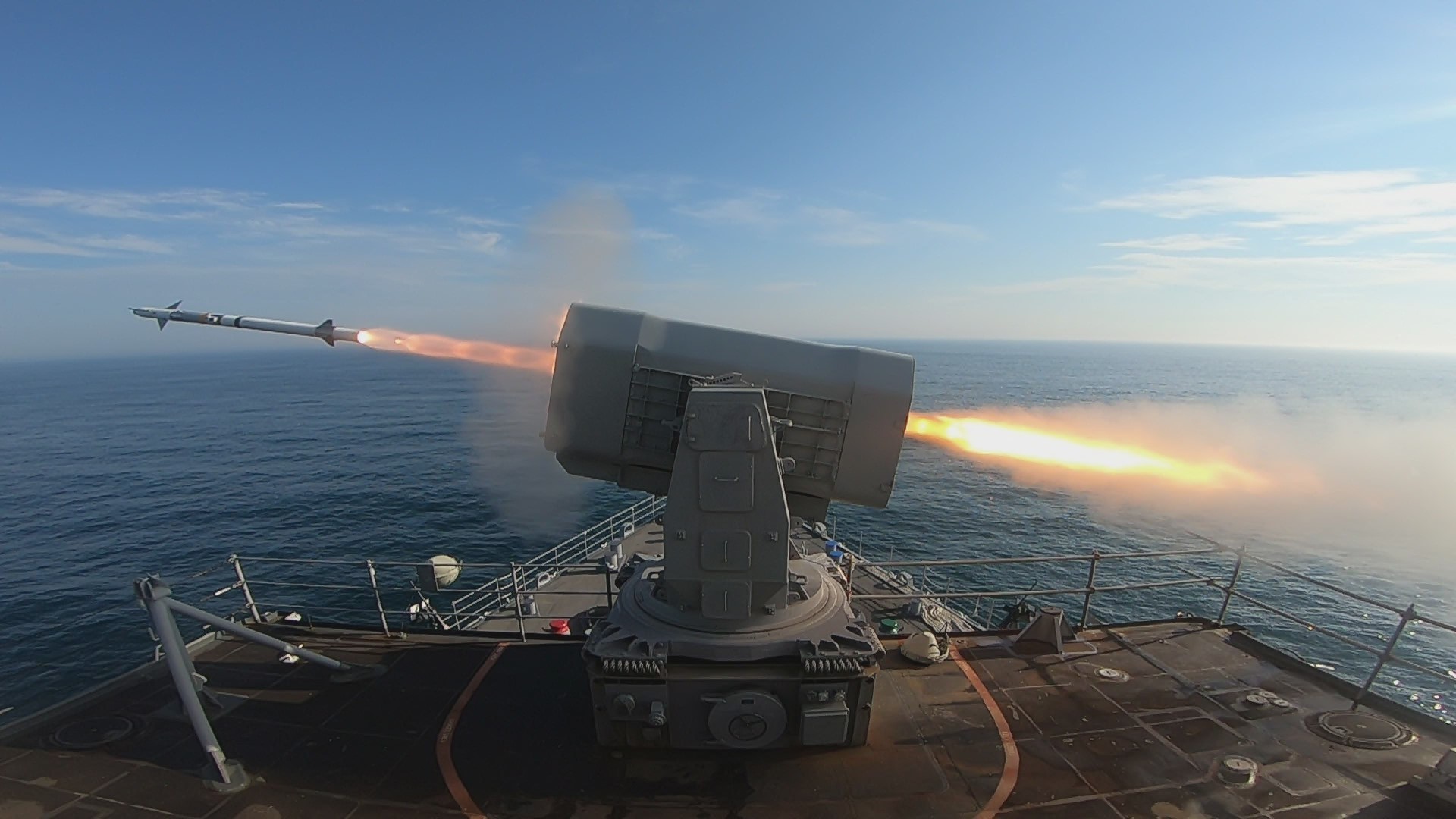Raytheon Missile Systems, Tucson, Arizona, is awarded a $146,076,524 firm-fixed-price contract for Rolling Airframe Missile Block 2/2A Guided Missile Round Pack and spare replacement components. This contract combines purchases for the U.S. Navy; Germany; and the governments of Saudi Arabia, United Arab Emirates, Egypt, and Turkey under the Foreign Military Sales (FMS) program. This contract includes options which, if exercised, would bring the cumulative value of this contract to $353,304,326 and is expected to be completed by June 2025.
Fiscal 2020 weapons procurement; 2020 operations and maintenance (U.S. Navy); Foreign Military Sales (Saudi Arabia, Egypt, United Arab Emirates, and Turkey); and German cooperative funding in the amount of $146,076,524 will be obligated at time of award, and $969,000 will expire at the end of the current fiscal year. This contract was not competitively procured under the exception 10 U.S. Code 2304(c)(4), International Agreement. The U.S. Naval Sea Systems Command, Washington, District of Columbia, is the contracting activity (N00024-20-C-5400).
The RIM-116 Rolling Airframe Missile (RAM) is a small, lightweight, infrared homing surface-to-air missile in use by the German, Japanese, Greek, Turkish, South Korean, Saudi Arabian, Egyptian, Mexican and U.S. Navies. The missile is so named because it rolls around its longitudinal axis to stabilize its flight path, much like a bullet fired from a rifled barrel. The Rolling Airframe Missiles, together with the Mk 49 Guided Missile Launching System (GMLS) and support equipment, make up the RAM Mk 31 Guided Missile Weapon System (GMWS). It’s currently deployed on more than 165 ships in 11 countries, ranging from 500-ton fast attack craft to 95,000-ton aircraft carriers.
The RAM Block 2 is an upgraded version of the RAM missile aimed at more effectively countering more maneuverable antiship missiles through a four-axis independent control actuator system, increased rocket motor capability, an improved passive radio frequency seeker and upgraded components of the infrared seeker, and advanced kinematics. On 22 October 2012, the RAM Block 2 completed its third guided test vehicle flight, firing two missiles in a salvo and directly hitting the target, to verify the system’s command and control capabilities, kinematic performance, guidance system, and airframe capabilities. Raytheon was scheduled to deliver 25 Block 2 missiles during the program’s integrated testing phase.












